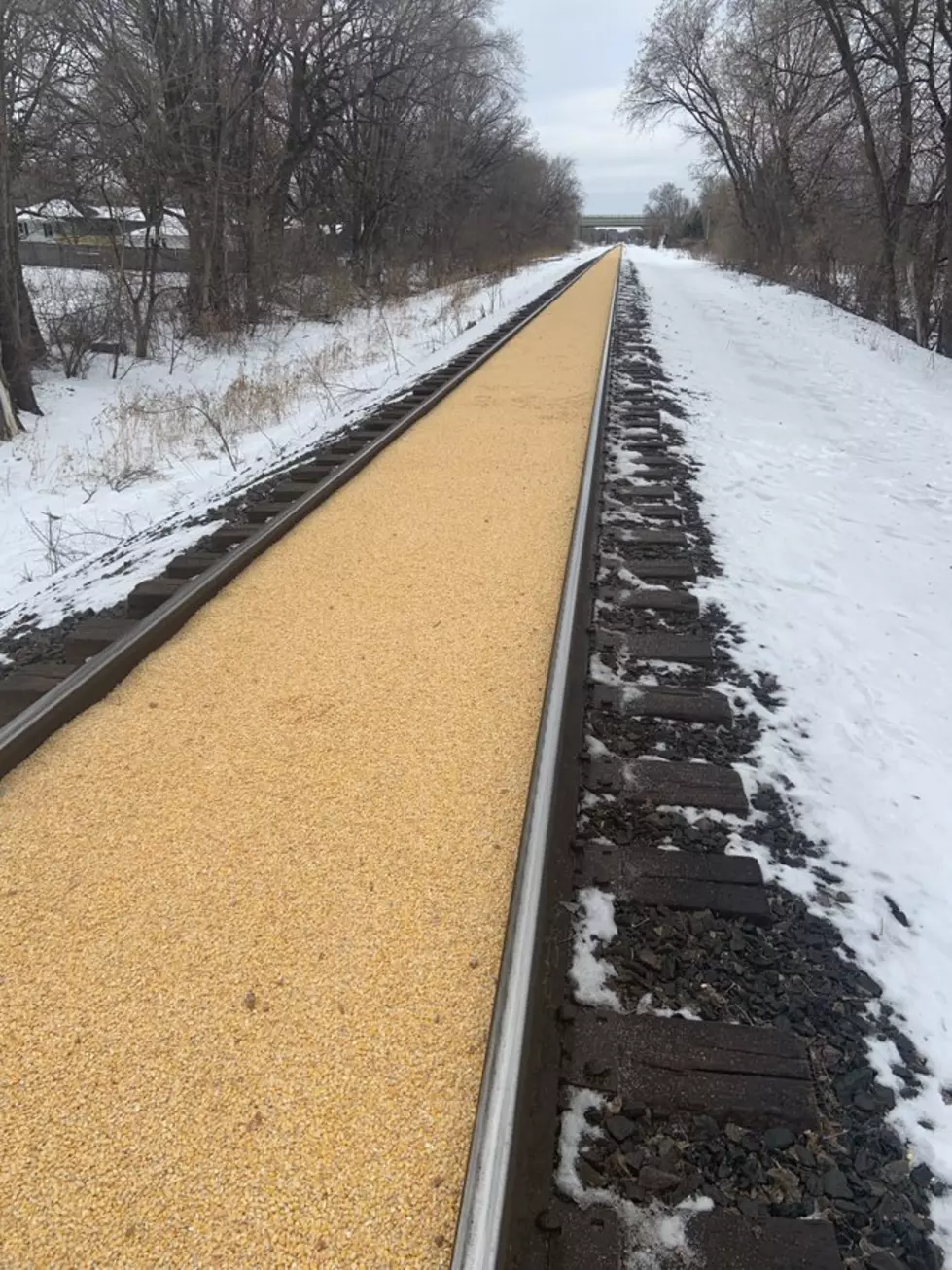
Display At Denver Convention Center
This is a picture of a display at the Denver Convention Center on renewable fuels and ethanol. Being from Minnesota, I noticed there was a major seed stock missing, corn. These three columns had examples of what ethanol was made from, corn stalks, popular trees and switch grass. To be fair, the display was educating visitors on cellulosic ethanol. However, the technology for producing cellulosic ethanol has not been developed. When the renewable fuel standard was passed, the plan was to use corn, sugar cane and sorghum. Then the second generation of ethanol would be cellulosic ethanol.
While I was at the chemistry conference with our daughter, Laura, we went to a presentation on cellulosic ethanol. The speaker made a point that the technology to make cellulosic ethanol cost effective was moving at a "glacial" pace. There are two major problems that are very difficult to overcome. First, using plant material is not very energy dense compared to corn. A bushel of corn weighing 56 pounds produces 2.8 gallons of ethanol. It takes a lot more than 56 pounds of switch grass or corn stalks to get 2.8 gallons of ethanol. That means a lot of cost is involved in getting massive tons of plant material to an ethanol plant. The other problem is the cost of fermenting the plant material into ethanol. It takes a lot of enzymes and micro-organisms to break down the plant material to get starch and then ethanol.
When you think about it, making cellulosic ethanol is like trying to duplicate what a cow does in its stomach. Remembering the ruminant nutrition I took in college, a cow has a four-part stomach. The largest part is called the rumen, which is a large fermentation vat. Microorganisms, and enzymes are produced by the cow that break down the cellulose, hemi-cellulose and lignin in plant material and than build it back into starch and protein than can be used by the cow. The point is scientists have not been able to duplicate on a massive cost-effective scale what mother nature does in a cow's stomach: taking plant material that humans cannot use and convert it into something we can use, meat and milk!
More From KDHL Radio









